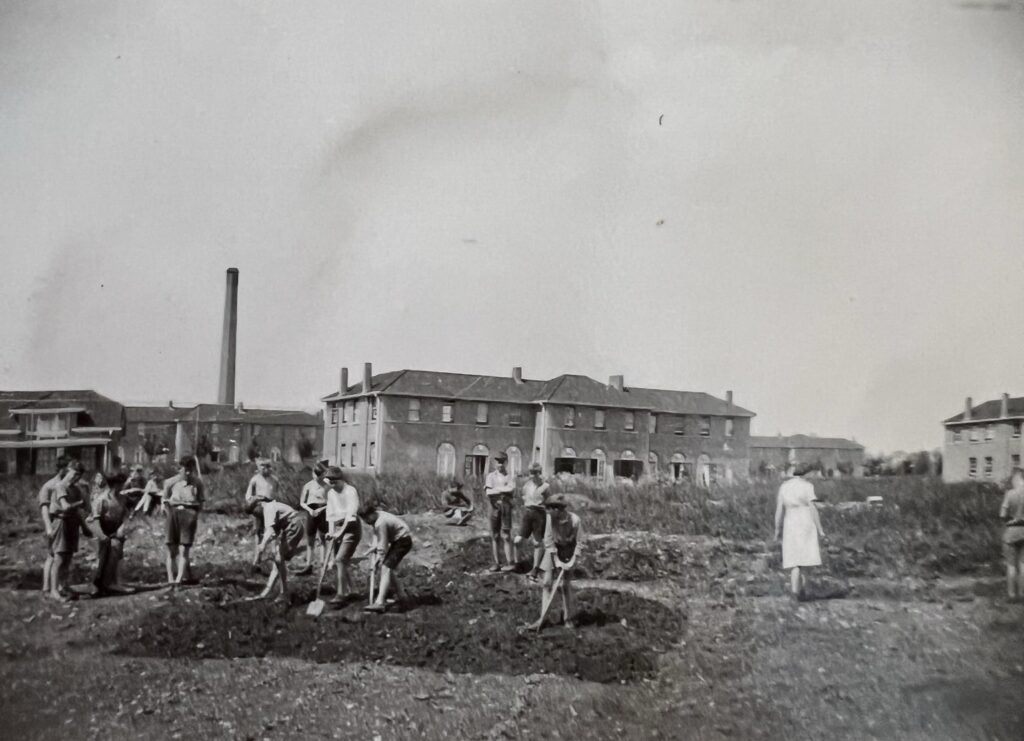
When the war began, like most institutions at the time, they had to prepare to adapt and overcome the new challenges they’d face. Earlier in 1939 a Gloucestershire Air Raid Precautions Architect had visited and provided some recommendations for provisions such as fire fighting and rescue equipment. Preparations were also made to provide up to 116 beds for war casualties and as such the Hospital unit and Durdham ward was evacuated for this purpose. The patients were moved to other wards.
We can see from some war time photographs that preparations had taken place, firstly using sandbags but later adopting building small ‘buffer’ walls by larger windows and entrances to prevent against blast damage. The below image shows people stood in front of the administration building with the wall clearly visible between them at the doors
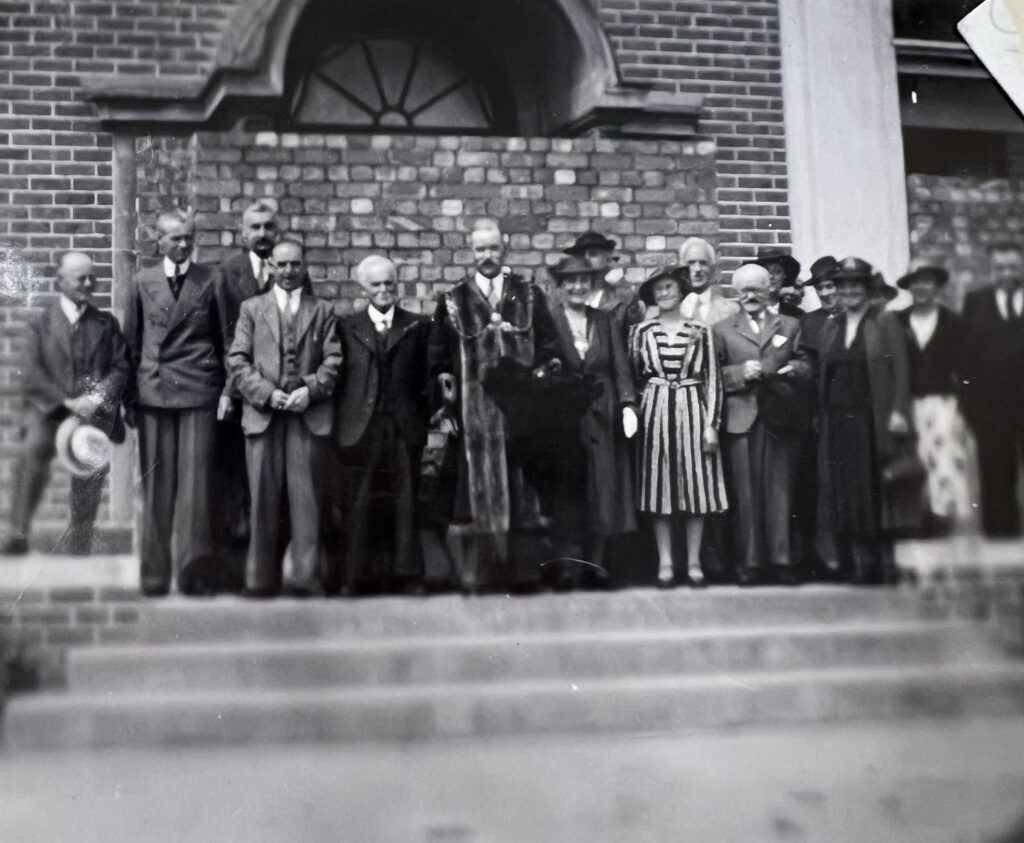
One doctor, 12 nursing staff and one other member of staff at Hortham were called up for active service with the armed forces. Further staff members joined the military as the war progressed. One of the staff members was held in Germany as a prisoner of war. Sergeant A. Mills (RAF) was awarded the British Empire Medal for his heroism in attempting to save the crew of a burning plane. Leslie Jameson was awarded the Military Medal for rescuing the wounded under fire in Italy.
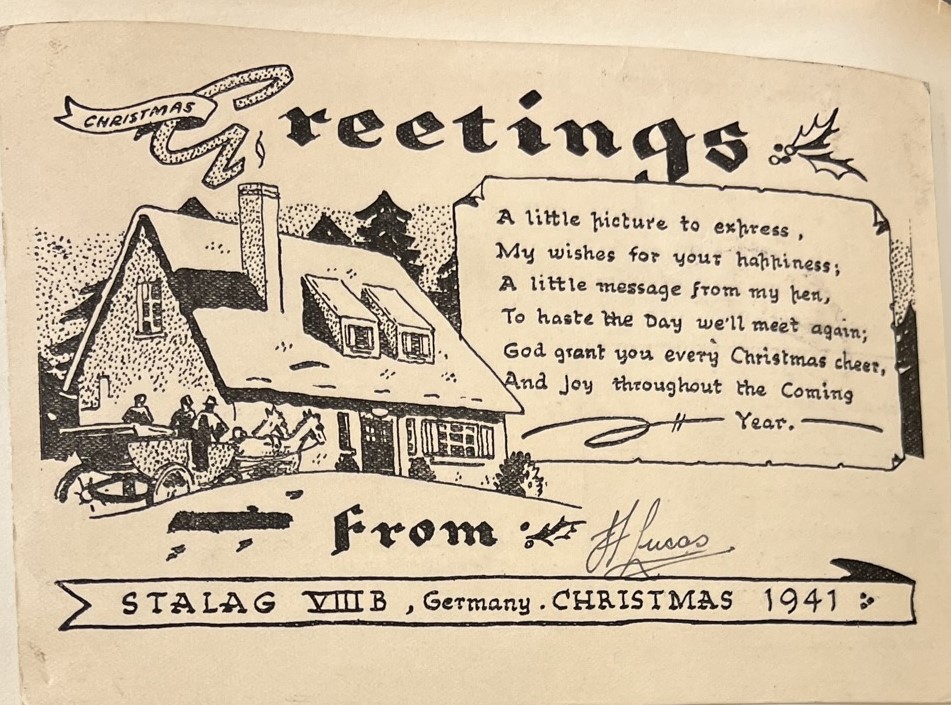
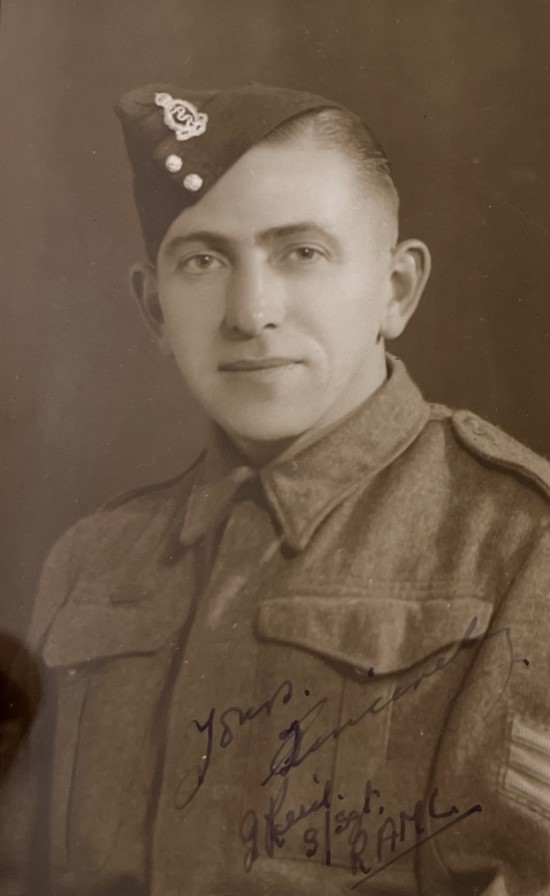
We must remember that back then, staff-patient ratios wouldn’t be anywhere near close to what they are today. The war put a much bigger strain on staffing as you would imagine which meant the ones left behind had to pick up a greater responsibility, more staff were sought were possible. To add further burden, there was also the fire watch and warden duties to undertake. It says a great deal about the staff and their dedication to keep such a place running during wartime.
As the war pressed on, the beds put aside for the soldiers were subsequently reoccupied by the patients, much to their delight as the conditions in the other wards would have been quite cramped. Following the fighting in Dunkirk and subsequent retreat Durdham lodge was once again emptied to provide accommodation for 37 soldiers. Once they had left, records indicate that 347 civilian neurosis cases arising from enemy action were treated.
For the duration of the war the staff and ‘higher ability’ patients were trained in firefighting, rescue, first aid and decontamination. There is a copy of the ARP warden instructions for the hospital available at the Bristol Archives. It details who specifically is responsible for various tasks. In the Hortham Memories book, a quote by a former patient remembers the air raid sirens and going in to an air raid shelter, further research showed that there wasn’t an air raid shelter at Hortham, but specific instructions for all patients and staff to go to their respective lodges. When at the lodge they must go to the ground floor sanitary annex which were adapted with special window shutters, gas proofing and anti-splinter measures. It was the nurses responsibility to ensure that the doors are firmly closed to ensure that dangerous gases don’t get inside.
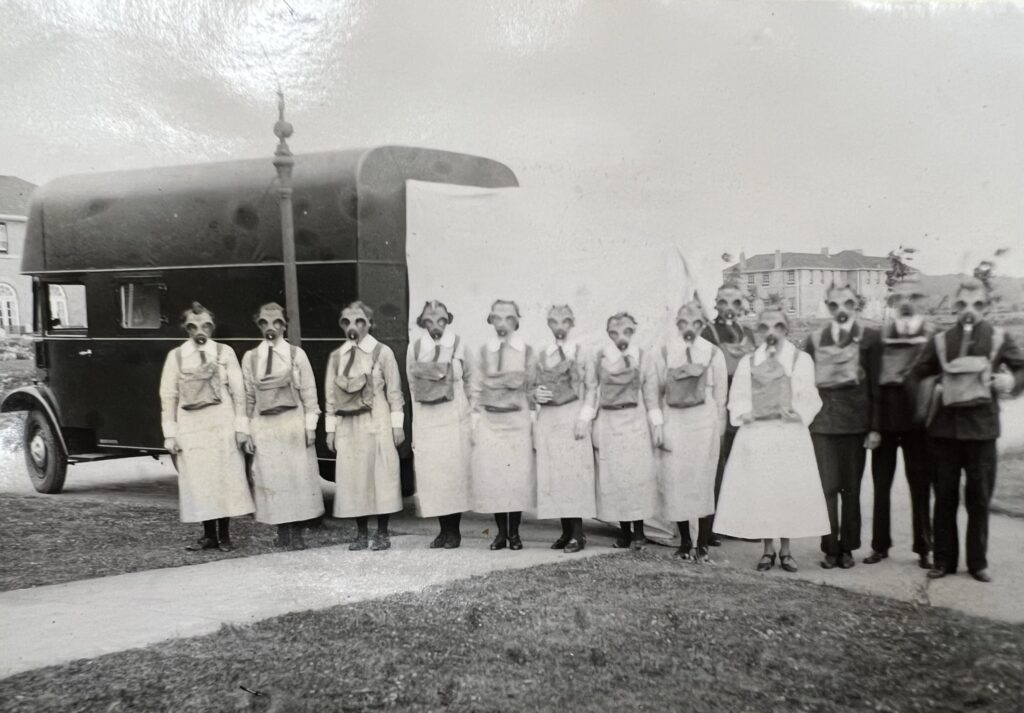
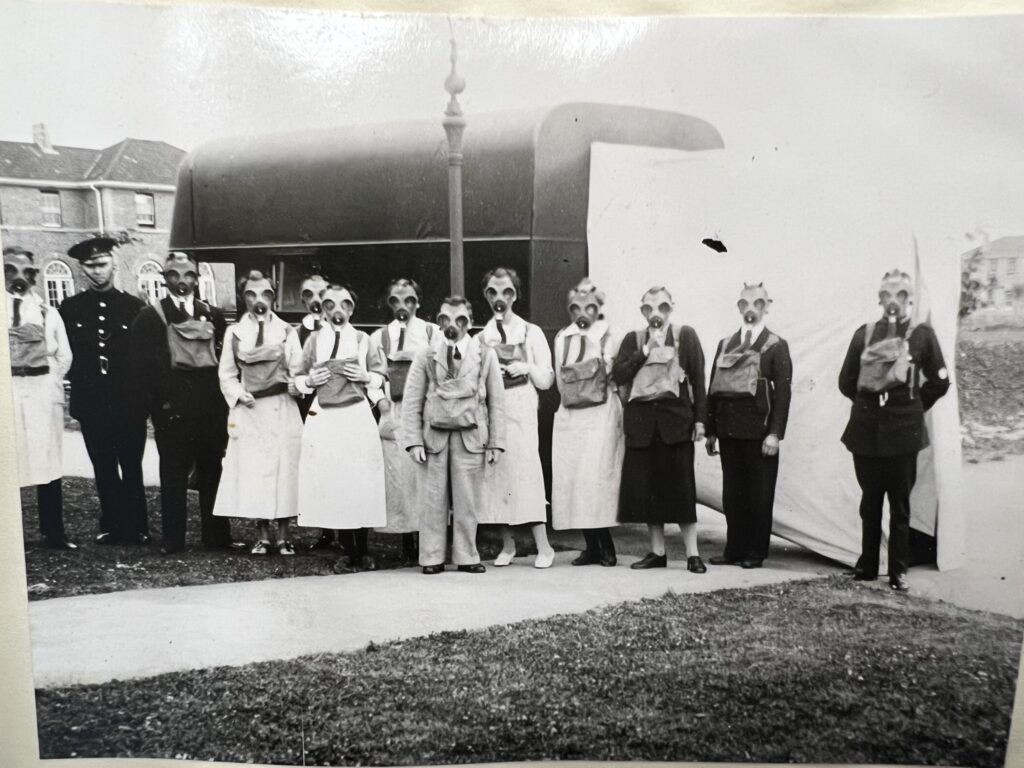
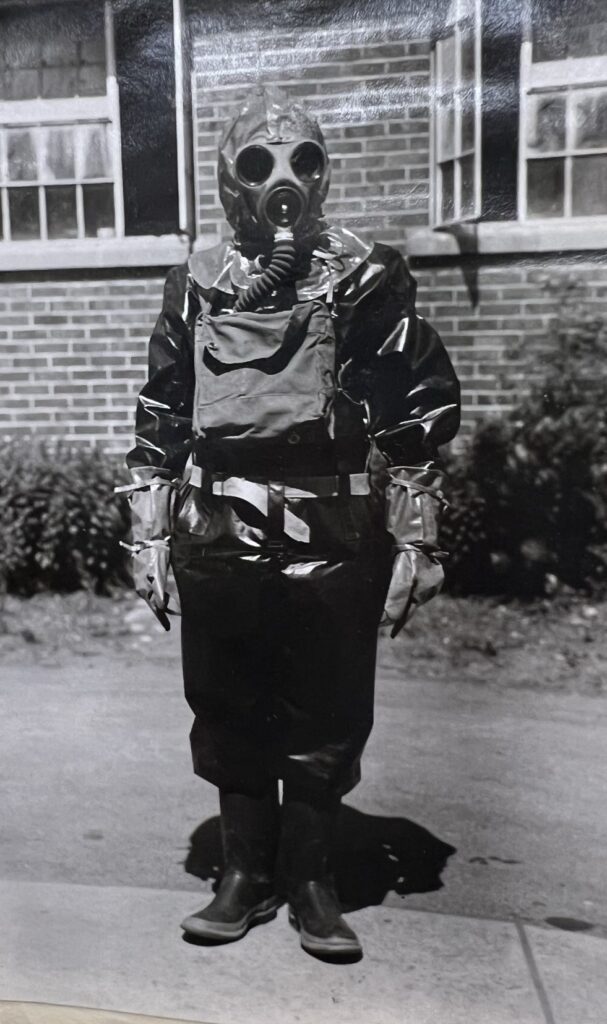
The colony received some minor damage from German bombing raids, where I assume they missed the intended target. Luckily the brick buffer walls were effective enough to prevent any major injury or damage. in 1940 10 high explosive bombs dropped on the grounds, again no reported injury or any major damage. However a considerable amount of windows had been damaged from the blasts and apparently a 20 foot crater in the ground was created which revealed a large ammonite fossil which was put on display in the administration block.
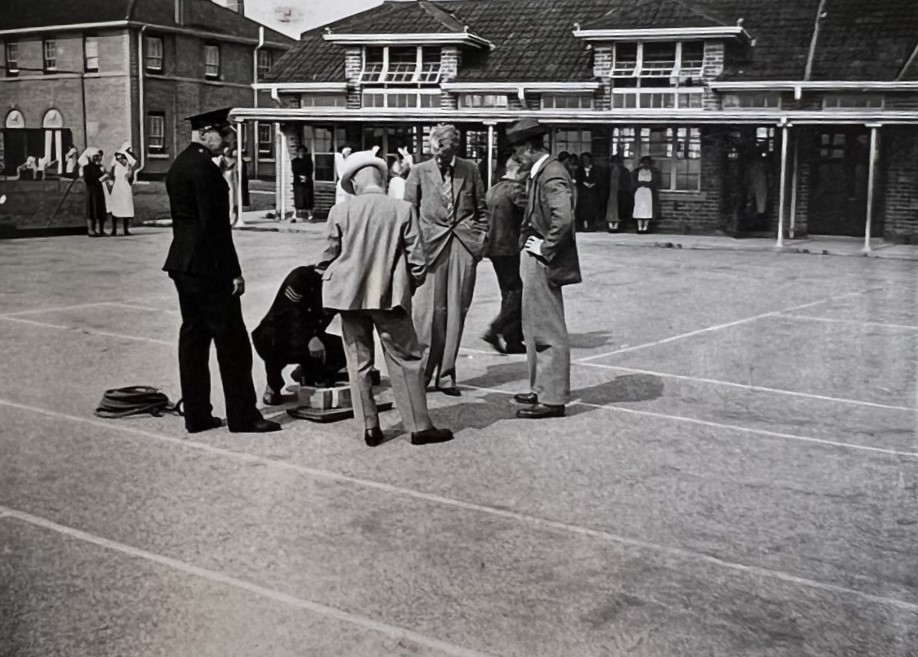

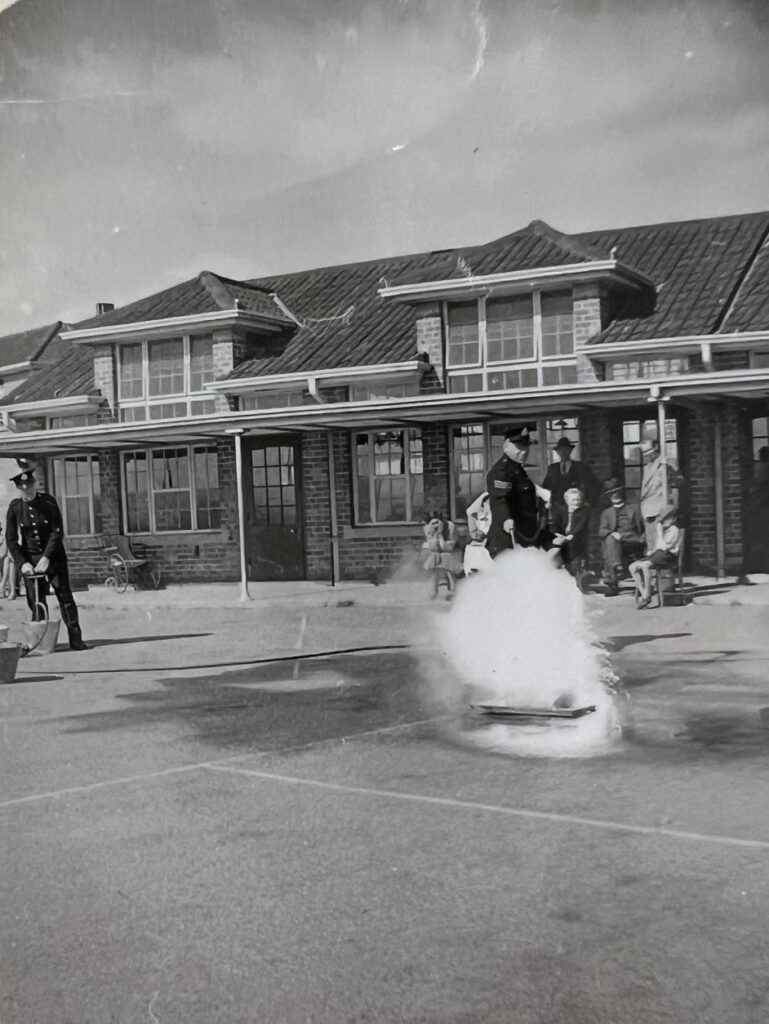
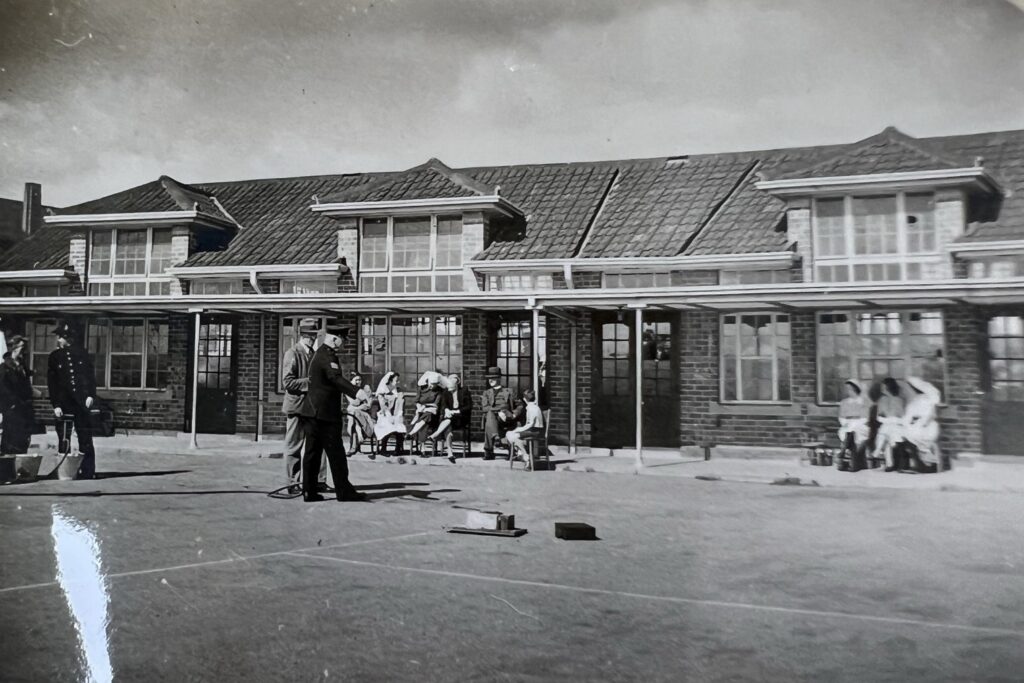
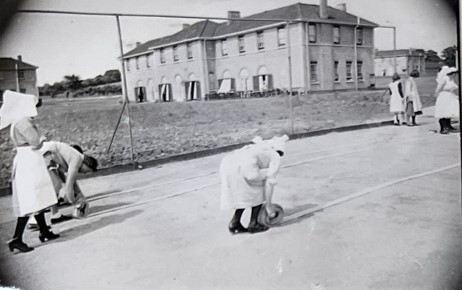
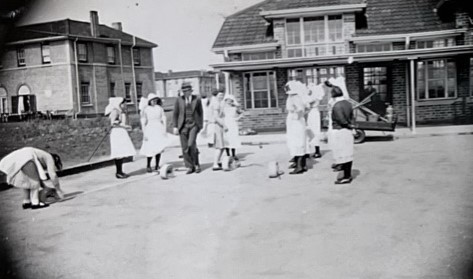
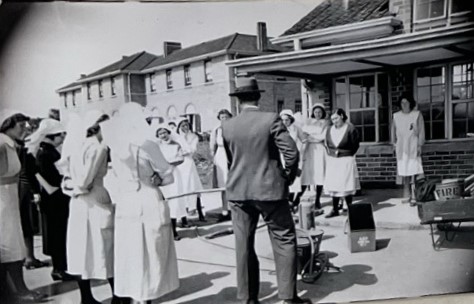

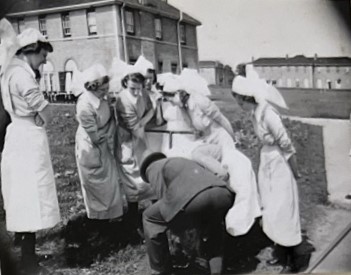
The war did not put an end to the fun and entertainment at Hortham. Patients and staff came together to perform regular shows in the main hall just as they did before the war, which was great for morale.
As part of the war effort ‘Dig for Victory’ campaign, the patients had done a fantastic job of making use of all available space to cultivate the land. Extra help came in the form of the girls of the ‘Land Army’.
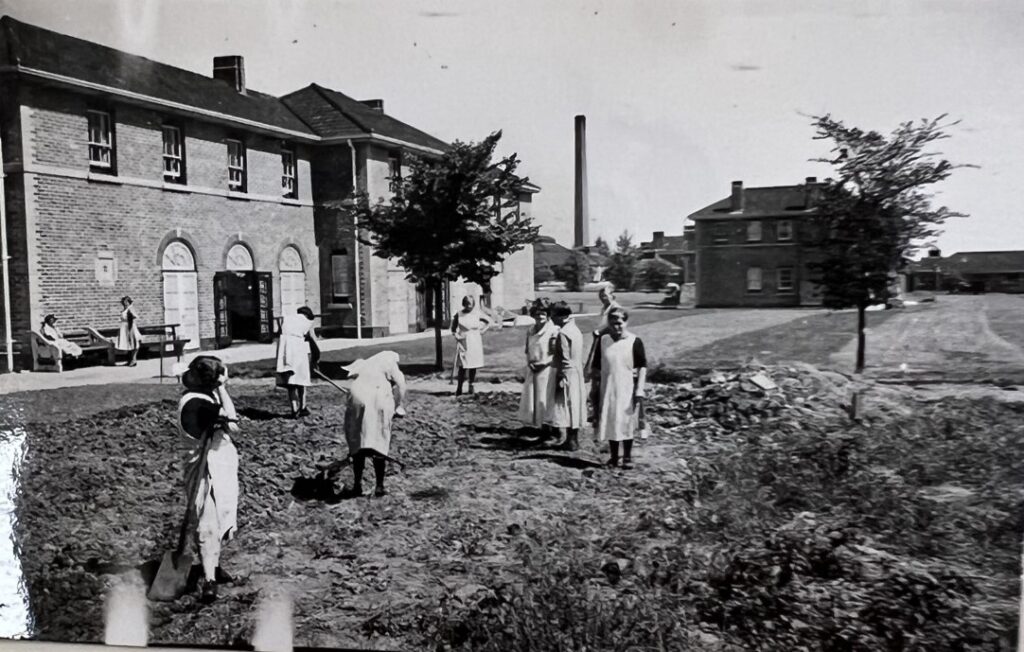
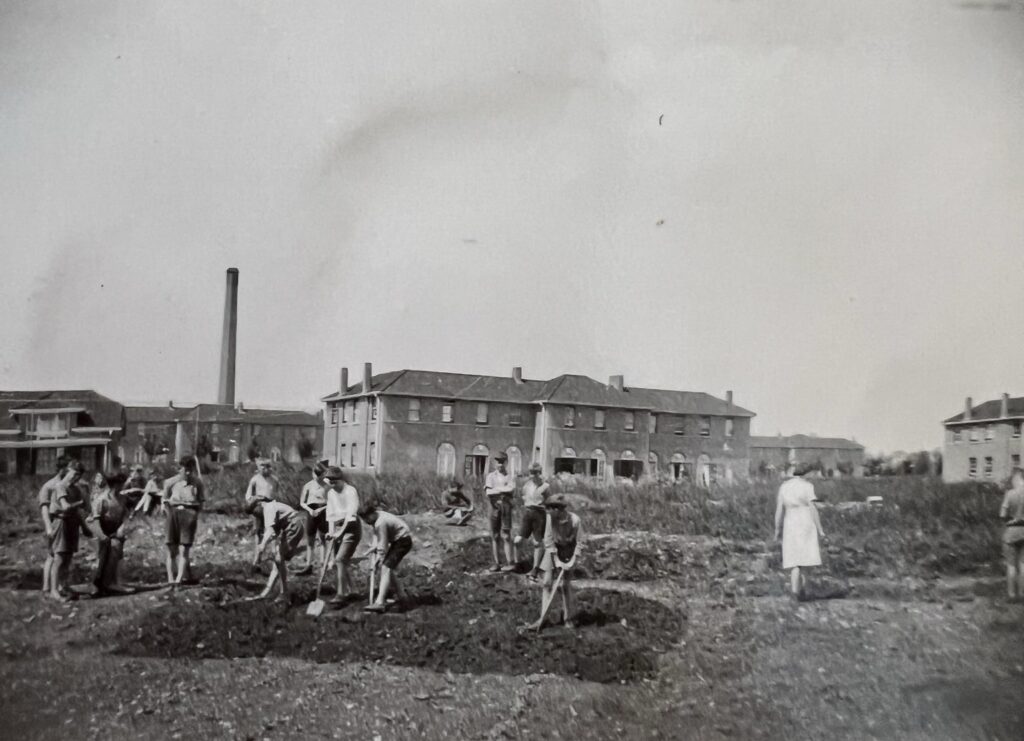

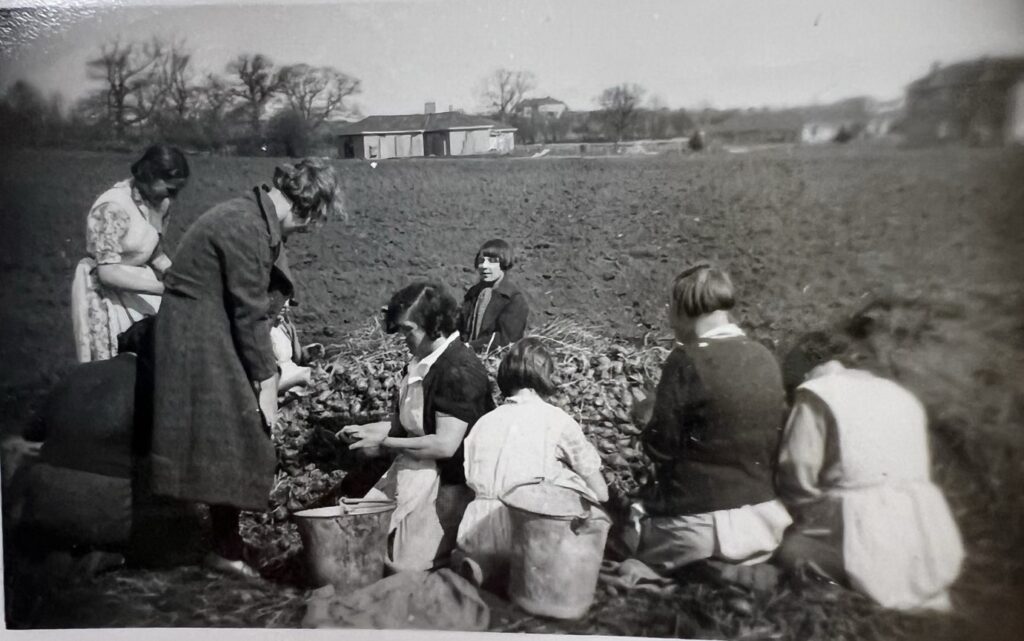
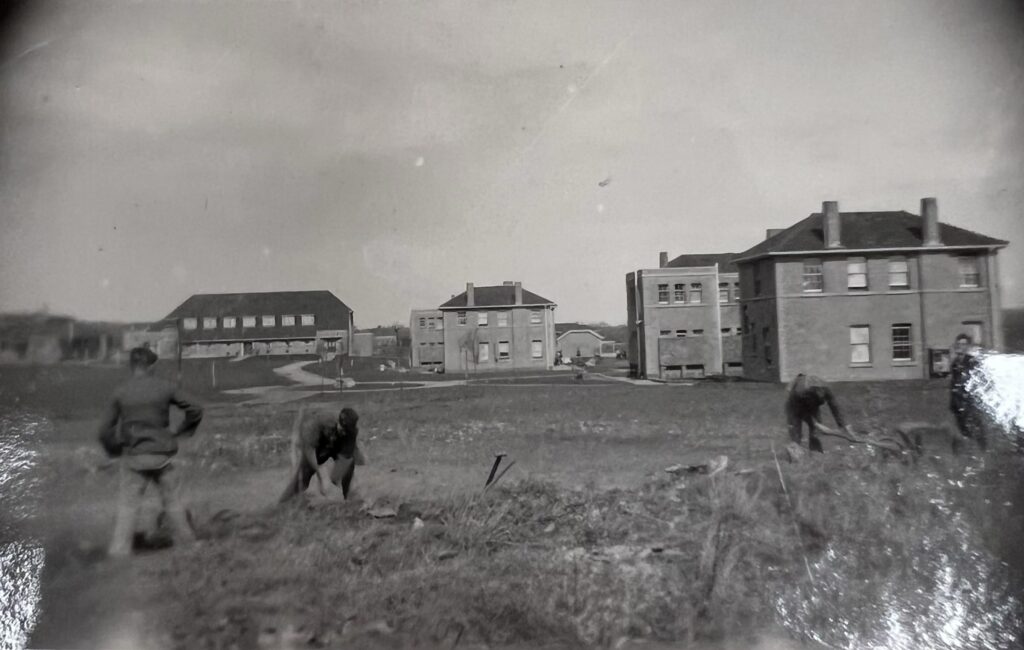
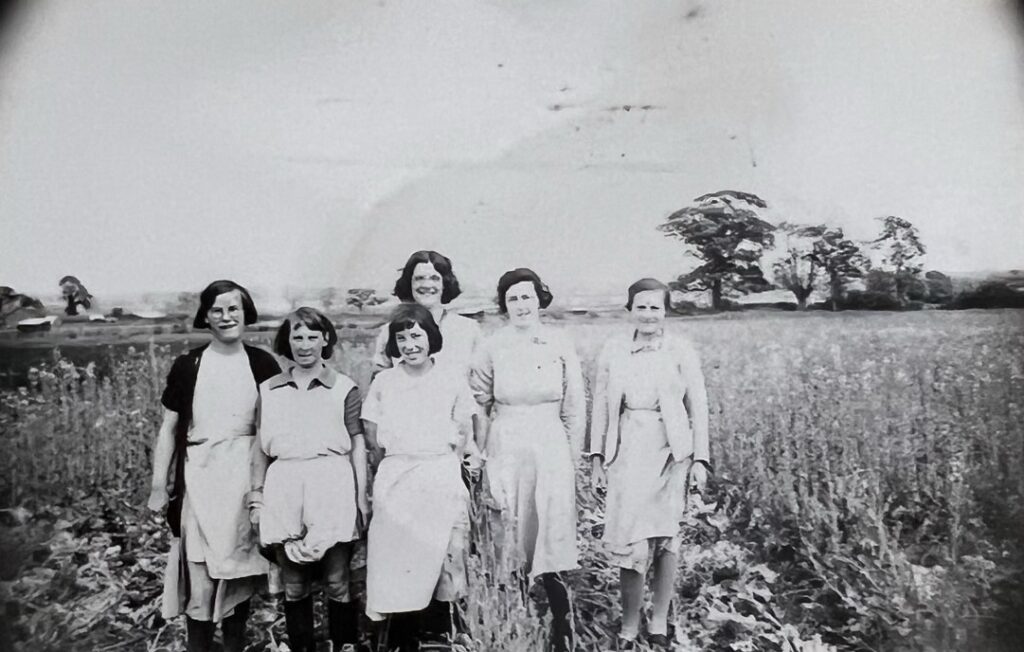
“…and looking away at that silver streak, the Severn,
A Gorvett
reminded us that there are things that no war can
put to an end to; the beauty of our English countryside
and at Hortham, human sympathy and understanding”
